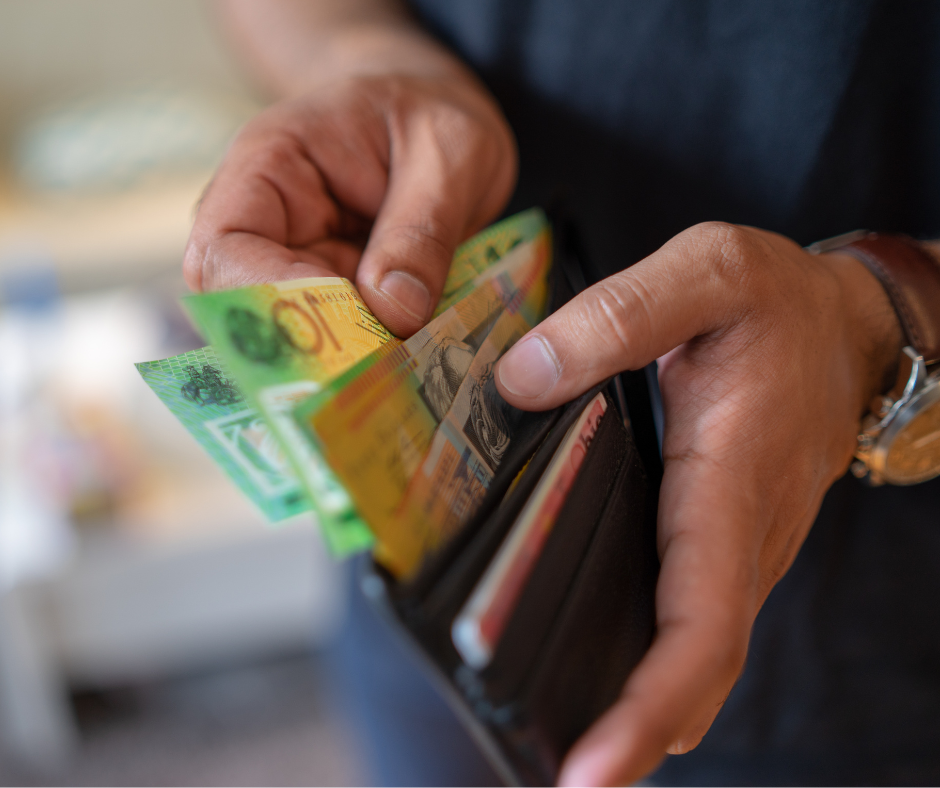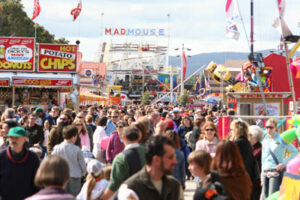If you’ve ever looked at a stallholder fee and thought, “Where does that money even go?”you’re not alone. This is one of the most common questions I hear from both new and seasoned stallholders.
It’s totally fair to want clarity, especially when margins are tight and you’re pouring your heart into your small business. So, let’s unpack what those fees are really funding, and why they’re essential for creating and growing strong, well-attended markets.
1. You’re Not Just Paying for a Stall Site
When you hand over your stall fee, you’re not just paying for a patch of land or a table in a row. You’re investing in the infrastructure that supports your brand showing up in a vibrant, organised environment with potential customers flowing past.
Let’s break it down with a real-world comparison:
🏠 Community Market – $15 Stall Fee for 4 hours = $3.75 an hour.
These are often run by churches, schools or local volunteers. They’re beautiful grassroots events, often held in small towns or familiar venues.
- ✅ Long-standing history or regular local attendance
- ❌ Not always actively advertised
- ❌ Limited online presence or social media strategy
- ❌ May not bring in a “new” crowd beyond the usuals
These markets can be great for hyper-local exposure, but they often rely on word of mouth and a loyal but smaller crowd.
☀️ Mid-Size Market – $40 Stall Fee for 4 hours = $10 an hour
This is a sweet spot for many weekend markets across regional areas or small cities. It might sound like a jump from $15, but it often comes with more exposure and effort behind the scenes.
- 📣 Dedicated organiser or team
- 🎯 Active social media marketing (sometimes paid ads)
- 🧾 Insurance, permits, and site coordination are covered
- 🎪 Consistent layout, amenities, and a branded experience
- Normally having Live Music or an attraction, raffles etc.
It’s more than just a stall site it’s part of a bigger picture that helps attract, retain, and grow foot traffic.
🎤 Large Festival/Event – $800+ Site Fee for 2 days (16 hours total) = $50 an hour.
Yes, it’s a big number. But here’s what you’re getting:
- 📻 Radio advertising across the region
- 📰 Newspaper ads and editorial promotion
- 🪧 Highway signage to attract tourists
- 🌐 ATDW (Australian Tourism Data Warehouse) listings
- 🤝 Sponsorships, cross-promotion and giveaways
- 🎟️ Multiple days of trading = higher sales potential
- 🎥 Media coverage and event photography
In this case, your stall is not just part of a market it’s a feature in a destination event that’s drawing thousands from all over.
2. Behind the Scenes: The Work You Don’t See
Market organisers don’t just collect fees and show up with a clipboard. There are weeks or months of prep that go into every market:
- Answering endless questions via phone and email at all hours of the day and night.
- Liaising with councils and insurers
- Booking entertainment, toilets, equipment, food trucks
- Building advertising content
- Managing stallholder payments and allocations
- Handling last-minute changes or emergencies (rain, power issues, you name it)
This is time-consuming, often unpaid work fueled by passion not profit.
3. Here’s the Honest Truth: A Personal Story
When I ran my first few markets, I poured everything into them emotionally and financially. I used my own house deposit to pay for permits, insurance, rides, musicians, and all the extras to make the event magical.
And then? I heard the gossip.
That I was “making $70K a year”… That I had five staff… That I was “just in it for the money.”
Meanwhile, I was sitting at my dining table, personally answering every DM, paying entertainers out of pocket, and working 16-hour days just to bring it all together. Most of the time? I didn’t even break even.
So when stallholders ask, “Where does the fee go?”, I get it. But unless you’ve been on the organising side, it’s easy to miss just how far those dollars stretch.
🎨 Face painters? Usually paid for by the organiser to offer a free experience for families.
🎡 Jumping castles? You’re paying for equipment and a licensed operator (and sometimes extra insurance on top).
🎤 Live music? Performers get paid, as they should.
None of it is free and if the market’s good, you probably felt that vibe.
4. Let’s Bring it Back to the Stallholder
This isn’t about “poor market organisers” vs. “hardworking stallholders.” We’re all hardworking.
But knowing where your fee goes helps you make informed choices. It helps you see the difference between exposure and opportunity, and which markets are a good fit for your goals and budget.
And remember: cheaper doesn’t always mean better and expensive doesn’t always mean exploitative. Ask what’s included. Ask what kind of audience is expected. Ask how the event is marketed.
Markets are about trust. And trust starts with communication.
Got Questions?
Let’s talk about it! We’ve got two Facebook groups where you can ask, share, and connect with others:
👉 Public MLMD SEQ Group for South East Queensland Area – for shoppers, fans, and anyone who loves local events
https://www.facebook.com/share/g/16v2doGurA
👉 Public MLMD Followers Group Australia – for shoppers, fans, and anyone who loves local events, please remember to put your location and state in the comment also please.
https://www.facebook.com/share/g/1ayQjWtJNQ/
You can also comment below or send us a DM if you’d rather ask privately.
🤝 I’m here for both sides and we learn more when we talk to each other.
And One Final Word…
If you’re a market organizer feeling worn down by assumptions, grow that tough skin. Not everyone sees what you see. But when you lead with integrity, the right people show up. The stallholders who get it they stick with you. They see the value, and they grow with your event.
And to all stallholders reading this thank you for showing up early, setting up rain or shine, and sharing your incredible creations with the community. When we understand each other’s worlds, we build stronger, more supportive markets for everyone.
Disclaimer: This blog post is based on real experiences and typical practices across various Australian market models. Always ask your specific organizer what’s included in your fee.
Author: Chantel Jackson
Founder of My Local Market Directory



